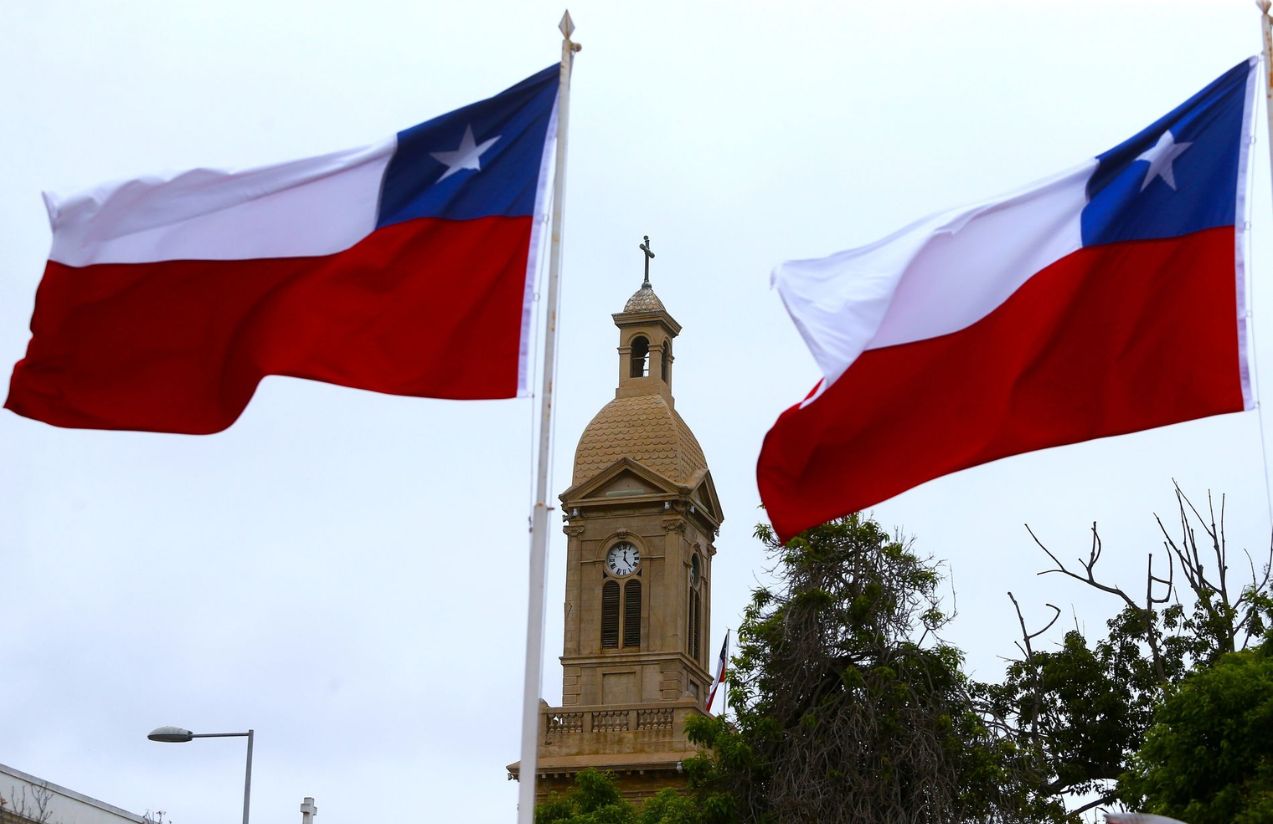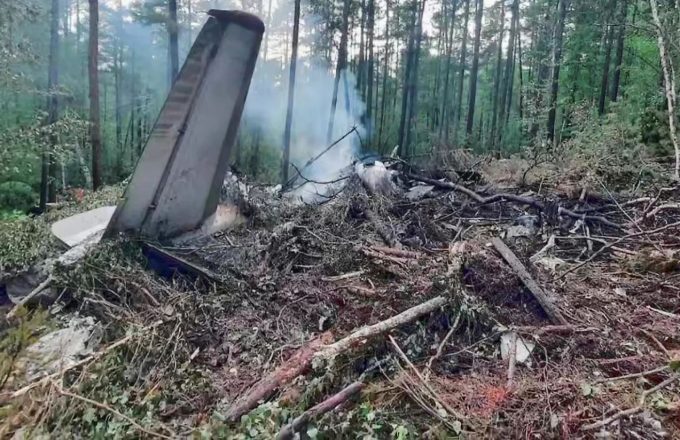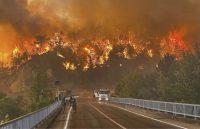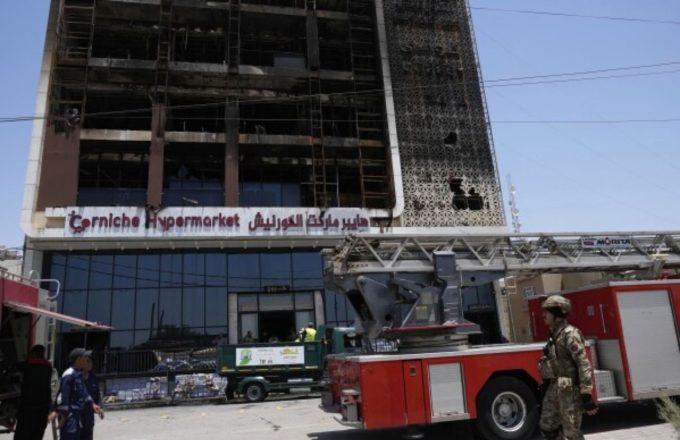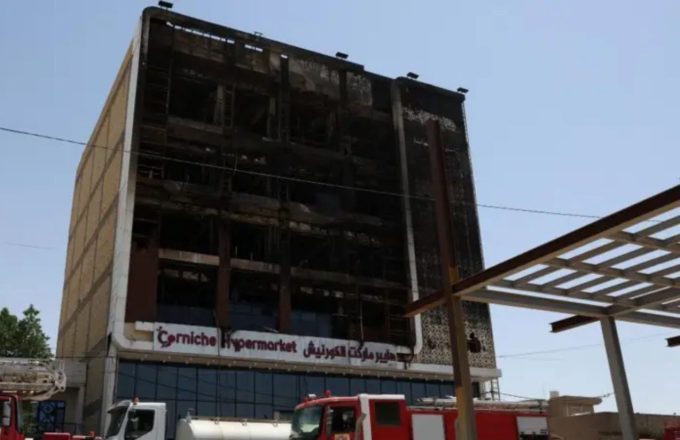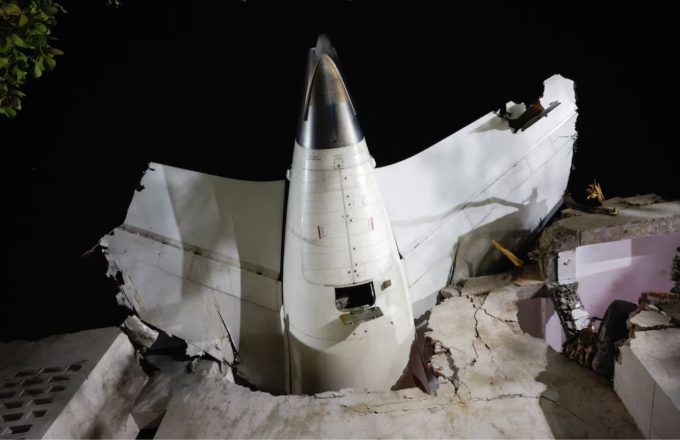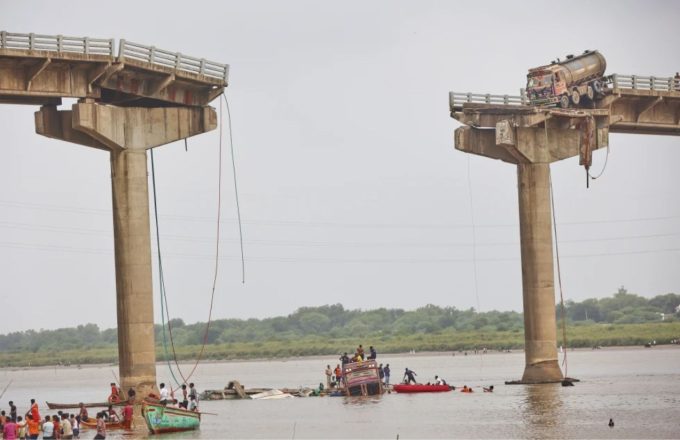A powerful earthquake with a magnitude of 6.9 was recorded on the morning of Friday, May 2, near the city of Puerto Williams (Chile), according to updated information from the National Seismological Center (CSN).
The seismic event occurred at 8:58 a.m. local time, with the epicenter located 218 kilometers south of the city at a depth of 21 kilometers. The exact coordinates were -56.86° latitude and -68.268° longitude.
Authorities urge the public to rely solely on official sources for information in the aftermath of such events, in order to prevent the spread of rumors or misinformation. Residents are advised to check their homes for structural damage, use mobile phones only for emergencies, and avoid lighting matches or candles until any potential gas leaks are ruled out.
Aftershocks are common following major earthquakes, so it is essential to remain alert.
Preparedness and Safety Measures
Since earthquakes can strike at any time, civil protection experts emphasize the importance of preparedness: establish a family emergency plan, conduct evacuation drills, identify safe zones at home, school, or workplace, and keep an emergency backpack ready.
During an earthquake, it is crucial to stay calm, move to a safe area, avoid objects that may fall, and refrain from using elevators, stairwells, or door frames. If driving, pull over to a safe spot away from buildings, poles, and trees. In coastal areas, evacuate the beach and seek higher ground due to the risk of a tsunami.
For people using wheelchairs who are unable to move to a safer place, it is recommended to lock the wheels and protect the head and neck with their arms.
Historical Context
The last major earthquake to hit Chile was the devastating “27F” quake on February 27, 2010. Measuring 8.8 in magnitude, it struck off the coast of the Maule region and caught the population off guard in the early morning hours.
About half an hour after the tremor, a tsunami hit the country’s coastline, particularly affecting the Maule and Biobío regions. The tsunami also reached Peru, Ecuador, Colombia, and Costa Rica, though it caused no major damage outside of Chile.
The 27F earthquake left more than 500 people dead and around 50 missing. It is considered the second most powerful earthquake in Chile’s history, following the 1960 Valdivia quake.


